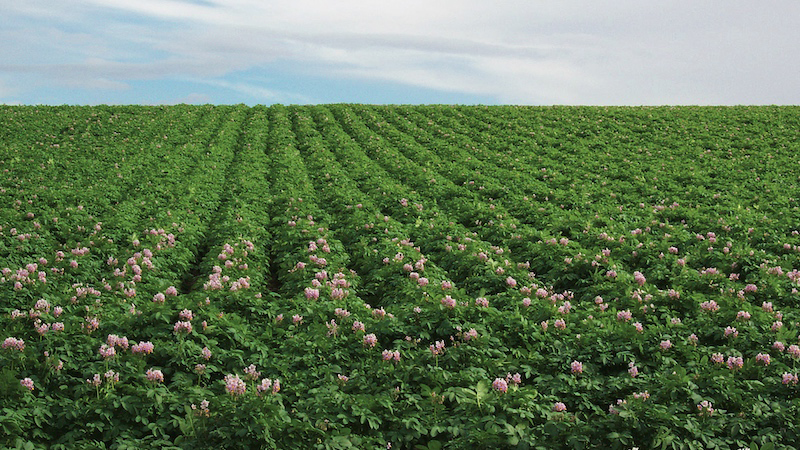USDA Creates Emergency Response To Combat Devastating Citrus Disease
USDA has announced the creation of a new, unified emergency response framework to address HLB. This new framework will allow USDA and its many partners to better coordinate HLB resources, share information and develop operational strategies to maximize effectiveness.

“USDA listened to the citrus industry’s request for more urgency and greater coordination on the response to HLB and is implementing an emergency response structure,” said Agriculture Secretary Tom Vilsack. “To jump start this initiative and affirm our commitment to industry, USDA also is providing $1 million to be used in support of research projects that can bring practical and short-term solutions to the growers in their efforts to combat this disease. Through the Specialty Crop Research Initiative of the Farm Bill, USDA has provided $9 million in research to blocking the ability of insects to spread HLB to healthy trees. We need Congress to quickly pass a new Farm, Food, and Jobs Bill that continues to support this kind of research to protect a crop worth more than $3 billion in the last harvest.”
The new framework will bring together USDA’s Animal and Plant Health Inspection Service (APHIS), Agricultural Research Service (ARS) and National Institute of Food and Agriculture (NIFA), along with state departments of agriculture and the citrus industry into a Multi-Agency Coordination (MAC) Group for HLB. It will provide the industry with a single contact for all the federal and state entities that work on citrus issues and better enable the collective to collaborate on policy decisions, establish priorities, allocate critical resources, and collect, analyze, and disseminate information.
The HLB MAC Group also will help coordinate federal research with industry’s efforts to complement and fill research gaps, reduce unnecessary duplication, speed progress, and more quickly provide practical tools for citrus growers to use.
Source: USDA










